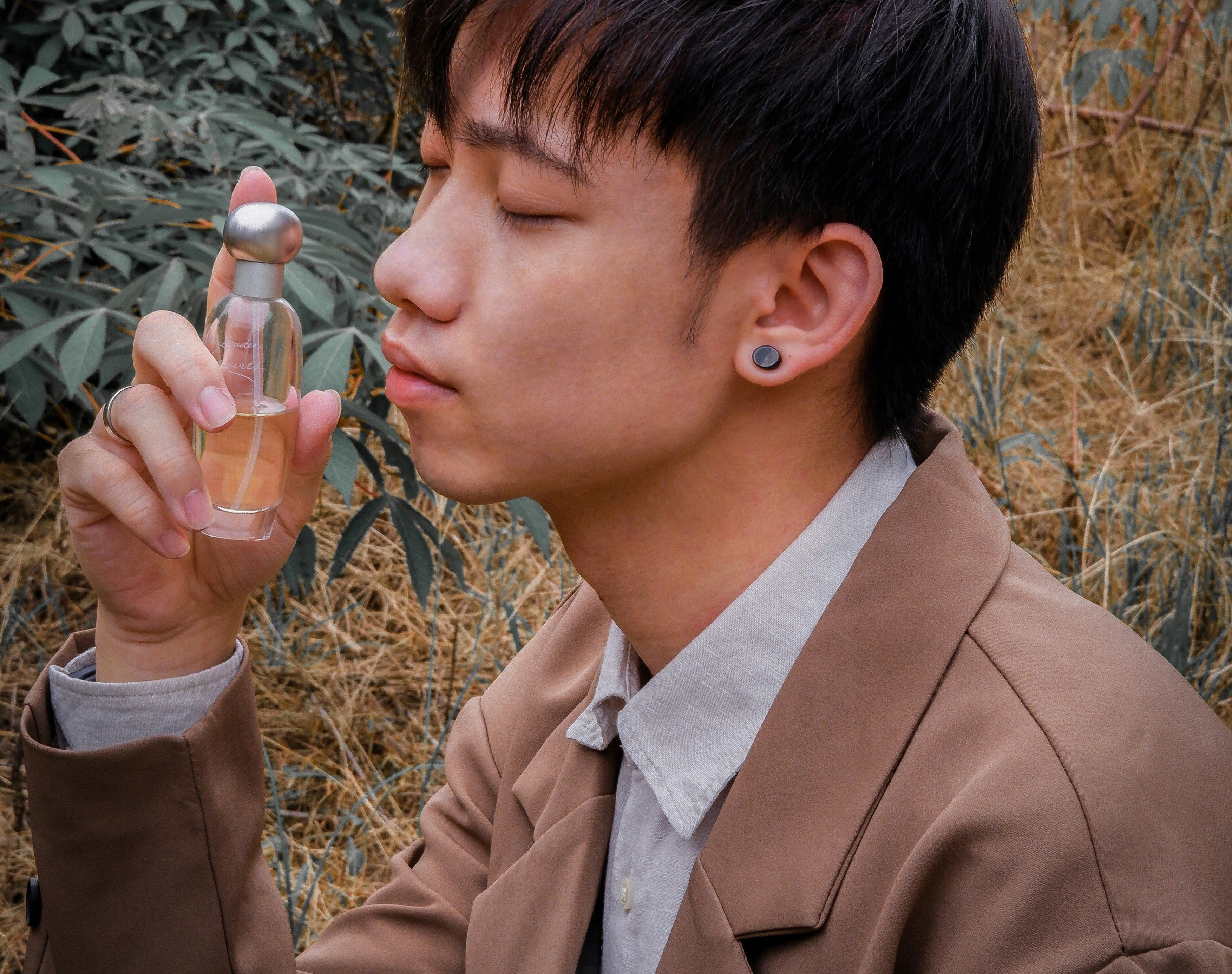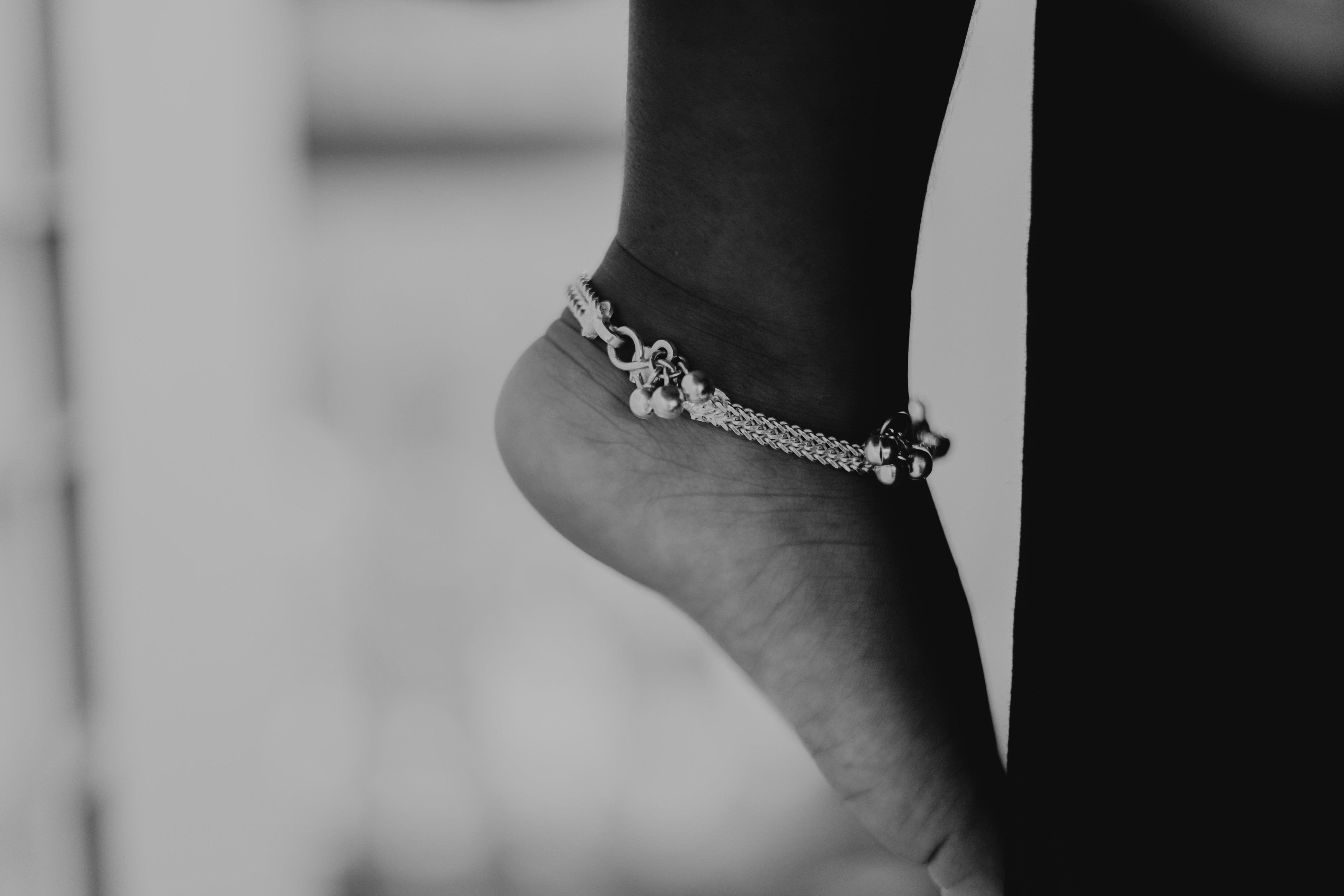Why Perfumes Smell Different Based on Region

Perfumes smell different in various parts of the world because they are influenced by local traditions, ingredients, and cultures. For example, Egyptian perfumes are known for their strong scents, which come from ancient traditions and ingredients like oud and spices. Italian fragrances, on the other hand, are admired for their creativity and unique blends inspired by art and history. These regional differences add richness and diversity to the world of perfumery worldwide.
Strength of Egyptian Perfumes
Egyptian perfumes are renowned for their potent and long-lasting aromas, rooted in ancient traditions and cultural preferences.
- Historical Significance: Perfumery holds deep historical roots in Egypt, where fragrances were integral to rituals and daily life since ancient times. This heritage emphasizes intense scents crafted from locally sourced ingredients like oud, spices, and resins.
- Climate and Cultural Influence: Egypt’s climate, characterized by heat and dryness, enhances the diffusion and longevity of fragrances on the skin. Cultural preferences favor perfumes that make a bold statement, contributing to the enduring strength of Egyptian scents.
Creativity of Italian Fragrances
Italian perfumery is celebrated for its creativity, sophistication, and artistic approach, setting it apart from more mainstream American fragrances.
- Artistic Inspiration: Italy’s rich artistic heritage influences perfume creation, with inspirations drawn from art, history, and diverse landscapes. Italian perfumers craft unique compositions that embody luxury and refinement, often using high-quality ingredients sourced globally.
- Distinctive Characteristics: Italian fragrances exhibit a distinctive blend of creativity and elegance, appealing to discerning consumers who seek a luxurious olfactory experience.
Diversity Across African Countries
Across Africa, perfumes vary widely, reflecting the continent’s rich biodiversity and cultural diversity.
- Regional Ingredients: African perfumery often incorporates locally sourced ingredients such as frankincense, myrrh, and exotic floral essences. These natural elements create fragrances that resonate with the continent’s diverse landscapes and cultural traditions.
- Traditional Practices: Traditional African perfumery techniques, passed down through generations, emphasize craftsmanship and natural ingredients. This heritage influences modern African perfumery, offering unique scent profiles that celebrate indigenous flora and aromatic traditions.
European Elegance and Innovation
Beyond Italy, European perfumery encompasses a spectrum of styles and influences, each contributing to the continent’s diverse fragrance landscape.
- French Tradition: France, synonymous with haute perfumery, emphasizes elegance and sophistication in its fragrances. French perfumers blend tradition with innovation, creating iconic scents that define global trends.
- British and German Craftsmanship: In the UK and Germany, perfumery combines craftsmanship with contemporary trends. British perfumers often explore eclectic and avant-garde compositions, while German fragrances emphasize precision and quality.
Canadian Freshness and Natural Appeal
Canada’s perfumery scene embraces freshness and natural appeal, reflecting the country’s pristine landscapes and commitment to sustainability.
- Natural Ingredients: Canadian perfumers favor natural and sustainable ingredients, often inspired by the country’s flora and natural resources. This eco-conscious approach resonates with consumers seeking ethical and environmentally friendly fragrances.
- Innovative Blends: Canadian perfumery blends traditional techniques with modern innovation, offering fresh and invigorating scents that capture the essence of Canada’s vast wilderness and cultural diversity.
Perfumes vary in scent based on region due to a complex interplay of historical, cultural, climatic, and ingredient factors. Whether exploring the robust scents of Egyptian perfumes, the creative innovations of Italian fragrances, or the diverse offerings from across Africa, Europe, and Canada, each region contributes uniquely to the global art of perfumery. These variations enrich our olfactory experiences, offering a glimpse into the rich tapestry of global fragrance culture.



